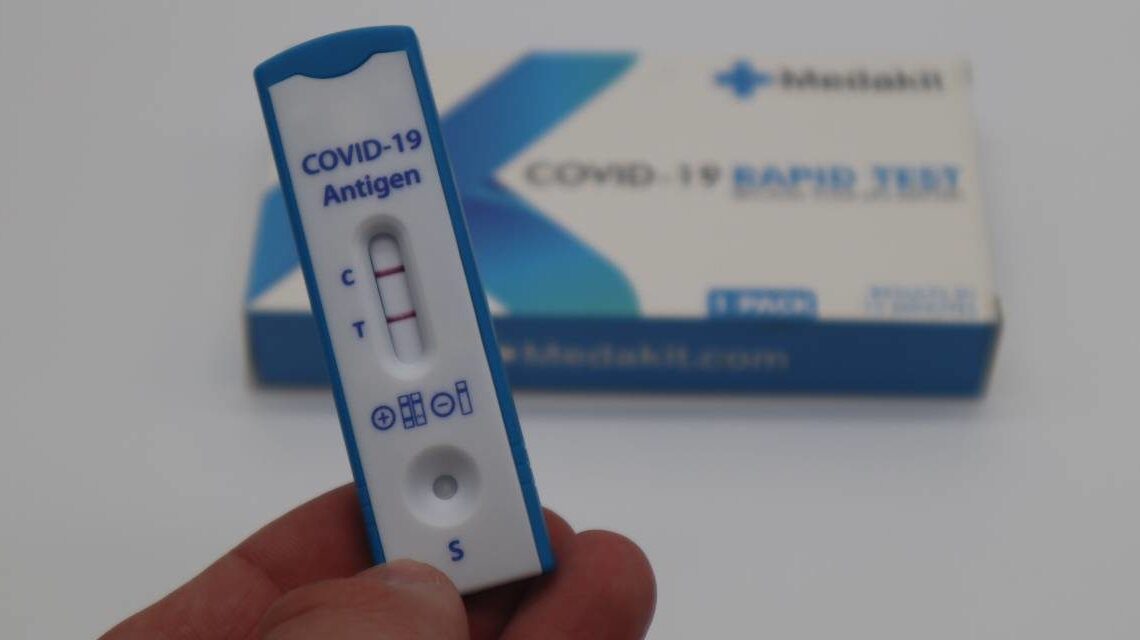As we transition from summer into fall, Canada faces at least two major issues in healthcare. The first is the continuation of COVID-19. Although the majority of restrictions have been removed across the country, there is still a risk of infection and reinfection, especially as the virus mutates.
To complicate matters, with the traditional flu season upon us, there is a double viral threat to our health. In short, as people move indoors because of the weather, viruses of all kinds move with us.
The second threat to overall healthcare is the shortage of physicians, nurse practitioners, pharmacists, ambulance paramedics and other healthcare professionals. Add to this the deplorable state of many healthcare institutions, especially for congregate living, and it is clear how dire the situation is.
When these two issues are in play at the same time, what is the outcome? There are some five million Canadians without a family practitioner. What are they to do if they test positive for COVID? The guidelines for isolation and retesting are all over the Canadian map.
But each of us lives in only one province or territory. Your jurisdiction’s website highlights what’s relevant for you. What do you do if you test positive and you don’t have a physician or primary healthcare practitioner?
There are two Canada-wide approved treatments to reduce the effects of COVID: Paxlovid and Remdesivir. Neither is meant to prevent COVID. Both are proven to reduce the severity of COVID-19 and to prevent hospitalization among particular populations. Across the country, the eligibility requirements for the two approved drugs are inconsistent.
Are you in an age-related at-risk category, which ranges from 50+ to 70+, but can be as low as 18+? Do you have chronic or pre-existing health conditions? Are you First Nations, Métis or Inuit? Have you received one vaccination, two, or none? One or more booster shots?
It all begins with testing positive. If you do so, first, you negotiate your jurisdiction’s website to determine whether you are even potentially eligible for either Paxlovid (taken at home) or Remdesivir (given intravenously in-hospital).
If you are eligible for assessment and you do not have a regular physician or nurse practitioner to complete an evaluation and prescribe medication, things get even more complicated. All the while, the clock keeps running. This is important because the drug regimens must begin within five days of experiencing symptoms.
Emergency…
Click Here to Read the Full Original Article at rabble.ca…

